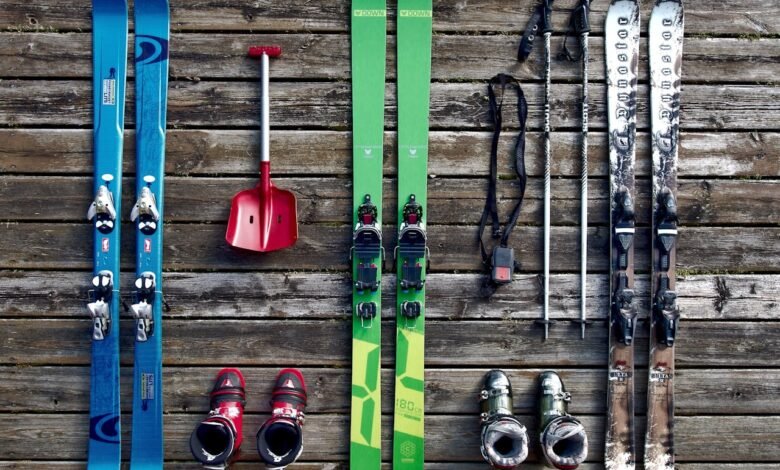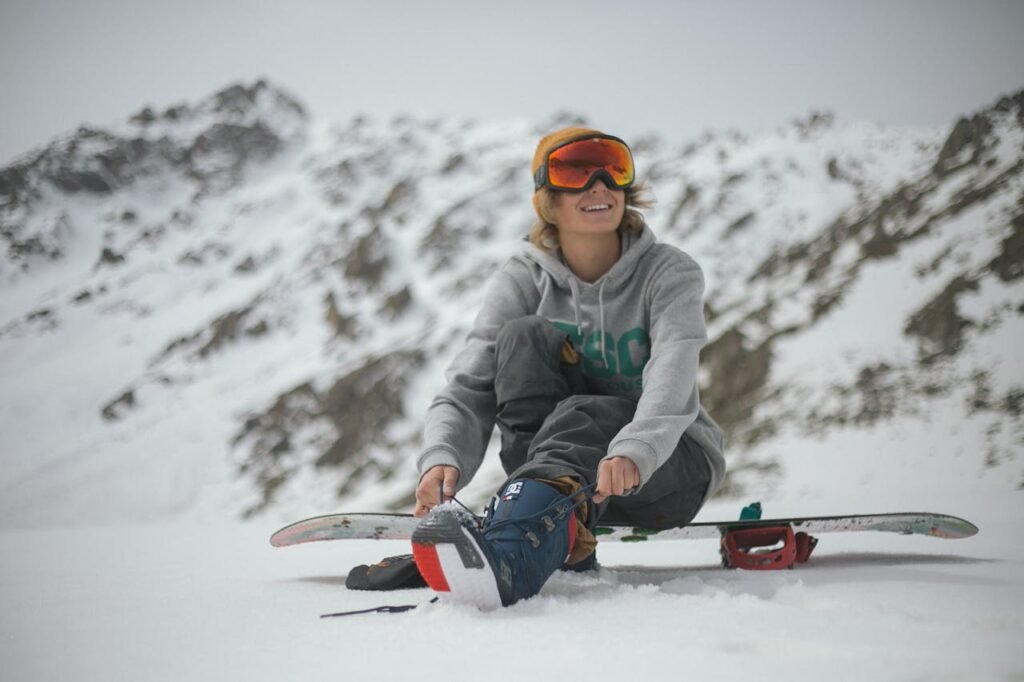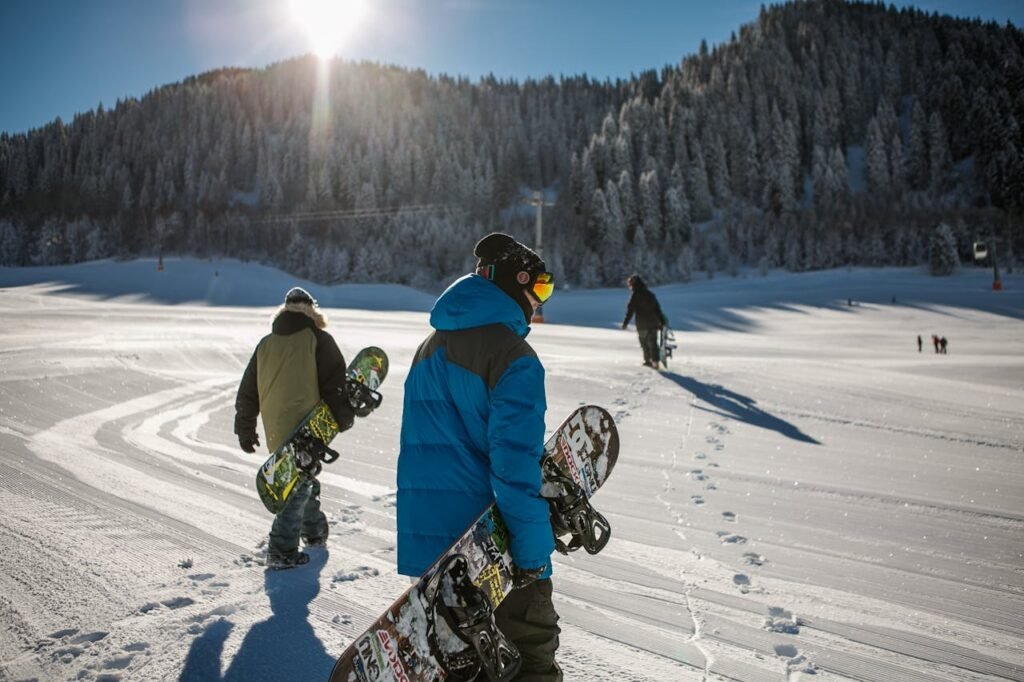
As winter sports continue to gain popularity worldwide, the demand for high-quality equipment is surging. The global winter sports equipment market is valued at approximately USD 20 billion and is projected to reach around USD 28 billion by 20334. Behind this growth lies a fascinating world of statistical analysis that helps manufacturers, retailers, and consumers make informed decisions. This article explores the best statistical approaches for analyzing winter sports equipment, from market trends to performance metrics.
Market Analysis: Understanding the Numbers
The winter sports equipment market is experiencing robust growth driven by several key factors:
- Increasing participation in winter sports activities
- Growing winter tourism
- Rising consumer awareness regarding health and fitness
- Technological advancements in equipment design3
With a compound annual growth rate (CAGR) of 5.20% expected from 2024 to 20334, understanding statistical market analysis becomes crucial for stakeholders in this industry.
Key Market Segments
Statistical analysis of the winter sports equipment market typically divides products into several categories:
- Skiing Equipment: Alpine skis, cross-country skis, boots, bindings, and poles
- Snowboarding Gear: Boards, boots, and bindings
- Ice Skating Equipment: Figure skates, hockey skates, and recreational ice skates
- Other Equipment: Snowshoes, sleds, and snow play equipment4
Each segment requires specific statistical approaches to analyze performance, consumer preferences, and market potential.

Performance Metrics: Measuring Equipment Effectiveness
Statistical analysis plays a vital role in evaluating the performance of winter sports equipment. Manufacturers use various metrics to assess and improve their products.
Quantitative Performance Analysis
Modern statistical methods have revolutionized how we analyze winter sports equipment performance. For example, in skiing, Principal Component Analysis (PCA) is used to quantify technique elements that were previously only described qualitatively by experts6.
This approach involves:
- Collecting data through wearable sensors
- Creating a coordinate system for skiing movements
- Aligning this system with movement descriptions used by skiing instructors
- Comparing different techniques quantitatively6
Such analysis helps manufacturers design equipment that enhances specific performance aspects based on statistical evidence rather than subjective assessments.
Material Performance Statistics
Statistical analysis of materials used in winter sports equipment typically examines:
- Durability under various temperature conditions
- Flexibility and responsiveness
- Weight-to-strength ratios
- Thermal insulation properties
By collecting and analyzing data on these properties, manufacturers can make evidence-based decisions about material selection and design improvements.
Consumer Behavior Analysis
Understanding how consumers interact with winter sports equipment is essential for manufacturers and retailers. Statistical analysis of purchasing patterns reveals valuable insights.
Seasonal Trends Analysis
The sportswear and equipment market shows distinct seasonal patterns that can be statistically analyzed. Data-driven sportswear analysis is crucial for companies to stay competitive by:
- Utilizing sales data effectively
- Creating products that meet evolving customer needs
- Developing marketing strategies aligned with seasonal demands5
Fashion forecasting, backed by statistical models, helps predict future trends in winter sports equipment design and features5.
Consumer Demographic Analysis
Statistical analysis of consumer demographics helps identify target markets for different types of winter sports equipment. The market can be segmented into:
- Professional and competitive athletes
- Recreational enthusiasts
- Beginners and entry-level users
- Rental market customers
- Backcountry and off-piste enthusiasts4
Each segment has unique requirements that can be identified through statistical analysis of purchasing behaviors, preferences, and usage patterns.
Technological Integration in Statistical Analysis
The integration of technology has transformed statistical analysis in the winter sports equipment industry.
Smart Equipment Data Analysis
Modern winter sports equipment increasingly incorporates sensors and connectivity features that generate valuable data for statistical analysis:
- Smart helmets with integrated sensors
- Performance-tracking devices in skis and snowboards
- Connected apps that monitor usage and conditions
This technological integration creates opportunities for:
- Real-time performance analysis
- Personalized equipment recommendations
- Safety enhancements based on usage patterns
- Product development guided by actual usage data1
Machine Learning Applications
Advanced statistical techniques, including machine learning algorithms, are being applied to winter sports equipment analysis:
- Predictive models for equipment durability and performance
- Pattern recognition in usage data
- Automated quality control in manufacturing
- Personalization algorithms for custom equipment recommendations
These applications represent the cutting edge of statistical analysis in the industry.
Comparative Analysis Methods
When evaluating winter sports equipment, statistical comparative analysis provides objective measures of performance and value.
Equipment Comparison Table
| Equipment Type | Average Lifespan (years) | Performance Rating (1-10) | Price Range (USD) | Maintenance Cost (USD/year) |
|---|---|---|---|---|
| Premium Skis | 7-10 | 8-10 | $600-1,200 | $50-100 |
| Mid-Range Skis | 5-7 | 6-8 | $300-600 | $40-80 |
| Budget Skis | 3-5 | 4-6 | $150-300 | $30-60 |
| Premium Snowboards | 6-8 | 8-10 | $500-900 | $40-90 |
| Mid-Range Snowboards | 4-6 | 6-8 | $250-500 | $30-70 |
| Budget Snowboards | 2-4 | 4-6 | $100-250 | $20-50 |
This type of statistical comparison helps consumers make informed purchasing decisions based on expected value and performance.
Safety Statistics and Analysis
Safety is a paramount concern in winter sports, and statistical analysis plays a crucial role in equipment safety evaluation.
Safety Testing Methodologies
Statistical approaches to safety testing include:
- Failure rate analysis: Tracking how often equipment fails under various conditions
- Impact resistance testing: Statistical measurement of equipment’s ability to protect users
- Stress testing: Analyzing how equipment performs under extreme conditions
- User injury correlation: Studying relationships between equipment features and injury rates
These methodologies help manufacturers design safer equipment and comply with international safety standards.

Environmental Impact Analysis
As sustainability becomes increasingly important, statistical analysis of the environmental impact of winter sports equipment is gaining prominence.
Sustainability Metrics
Key statistical measures for environmental impact include:
- Carbon footprint of manufacturing processes
- Recyclability percentages of materials
- Energy efficiency in production
- Product lifecycle analysis
The trend toward eco-friendly and sustainable products is reshaping the winter sports equipment market, with manufacturers integrating recycled materials and sustainable processes into their production lines1.
Future Trends in Statistical Analysis
The future of statistical analysis in winter sports equipment looks promising, with several emerging trends:
- Increased personalization: Statistical models that recommend highly customized equipment
- Predictive maintenance: Algorithms that forecast when equipment needs servicing
- Virtual testing environments: Simulation-based statistical analysis before physical prototyping
- Integrated consumer feedback loops: Real-time statistical analysis of user experiences
These trends will likely drive innovation and improvement in winter sports equipment design and performance.
Practical Applications for Different Stakeholders
Statistical analysis of winter sports equipment serves various stakeholders in different ways.
For Manufacturers
Manufacturers use statistical analysis to:
- Optimize product design based on performance data
- Identify market opportunities through trend analysis
- Improve quality control processes
- Guide research and development investments
For Retailers
Retailers benefit from statistical analysis by:
- Optimizing inventory based on sales predictions
- Personalizing recommendations to customers
- Setting competitive pricing strategies
- Planning seasonal marketing campaigns
For Consumers
Consumers can leverage statistical analysis to:
- Compare equipment options objectively
- Understand the relationship between price and performance
- Make informed decisions about when to upgrade equipment
- Select equipment that matches their skill level and needs
Frequently Asked Questions
What statistical methods are most commonly used to analyze winter sports equipment performance?
The most common statistical methods include regression analysis for identifying relationships between variables, principal component analysis for technique evaluation, survival analysis for durability testing, and multivariate analysis for comparing multiple performance factors simultaneously.
How can statistical analysis help improve the safety of winter sports equipment?
Statistical analysis identifies patterns in equipment failures and injuries, allowing manufacturers to address design flaws, strengthen weak points, and develop new safety features based on real-world data rather than assumptions.
What role does consumer feedback play in statistical analysis of winter sports equipment?
Consumer feedback provides valuable qualitative and quantitative data that can be statistically analyzed to identify trends, preferences, and issues that might not be apparent in laboratory testing, helping manufacturers improve future product iterations.
How is statistical analysis used to predict market trends in winter sports equipment?
Time series analysis, seasonal decomposition, regression models, and machine learning algorithms analyze historical sales data, social media trends, and economic indicators to forecast future market directions and consumer preferences.
Can statistical analysis help determine the optimal time to replace winter sports equipment?
Yes, statistical models can analyze usage patterns, performance degradation rates, and safety factors to recommend optimal replacement timing for different types of equipment under various usage conditions.
Conclusion
Statistical analysis is revolutionizing the winter sports equipment industry, providing insights that drive innovation, improve safety, and enhance user experiences. As technology continues to advance and data collection becomes more sophisticated, we can expect even more powerful statistical approaches to emerge.
For manufacturers, retailers, and consumers alike, understanding and leveraging these statistical methods will be key to success in the growing winter sports equipment market. With the market projected to reach USD 28 billion by 20334, the role of statistical analysis will only become more crucial in guiding decisions and driving progress in this exciting industry.

